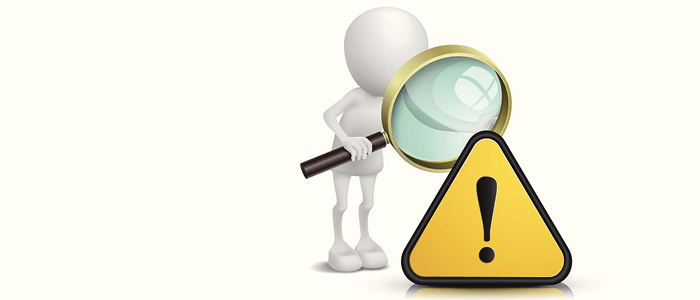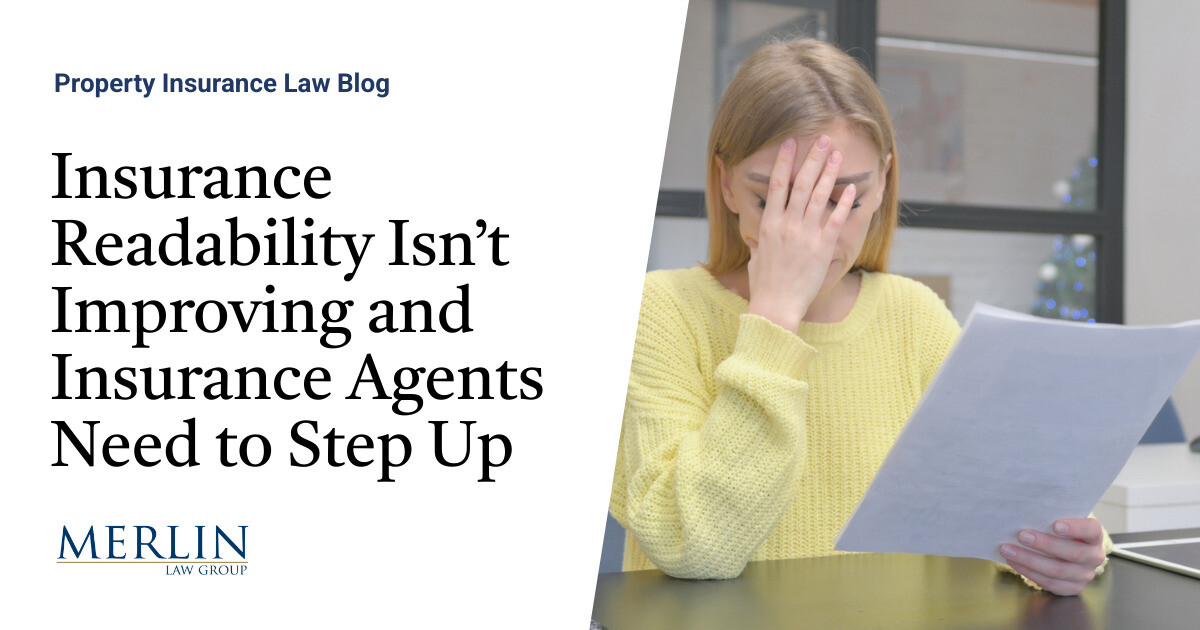
There may be a number of risks inside your business premises that you might not notice unless you make an effort to look for them.The first step in the process of continuously improving your business property is to identify the hazards that are present.And then you need to determine the best way to fix or upgrade.
We have some tips that can help you find those hidden indoor hazards along with ways to help prevent them.4 common risks to be on the look out for: Mould Mould can take as little as a day to start growing and produces mycotoxins — a poisonous, airborne substance which is dangerous to breathe in.To protect your business property from mould: Keep humidity levels below 50% by using air conditioning or a dehumidifier in the summer.
Make sure bathrooms and kitchens (if applicable) are well ventilated.Have employees use mould-killing products when cleaning.Don’t install carpets in bathrooms or basements.
Repair leaky roofs, walls and basements.Electrical wiring Electrical wiring might be hidden behind your walls, but there’s still a lot you and your employees can do to keep it from causing a fire.Don’t plug several power cords into one outlet or use extension cords as permanent wiring.
Make sure cords and equipment are rated for the level of amperage you’re using.Refrain from using unusually warm outlets until they’ve been inspected by a qualified electrician.Don’t use outlets or cords that have exposed wiring.
Don’t block access to circuit breakers or fuse boxes — these should never be hidden.Dust Dust may seem harmless but it’s not good for your lungs and can aggravate allergies.Here’s how to keep it under control: All surfaces should be cleared of dust over 1/8 inches, even ones that aren’t visible.
Don’t sweep away dust with a broom, pick it up with a vacuum.When dusting in areas that a vacuum can’t reach, use a wet cloth — dry ones may stir up dust.An abundance of dust mites makes breathing more difficult.
Control these pests by lowering humidity levels below 50%.Insulation Even if you didn’t choose the type of insulation used in your business property, it’s important to know the hazards associated with it.Hiring a professional to inspect your insulation is never a bad idea.
Fibreglass Insulation: Touching this common type of insulation may irritate skin, while inhaling its small fibres can harm your respiratory system.It can also emit toxic gasses if it catches fire.Cellulose Insulation: While the fact that it’s made from recycled newspapers is good for the environment, inhaling the fumes emitted from the newspaper ink can cause dizziness and nausea.
Foam Insulation: The formaldehyde gas that foam insulation emits when it isn’t installed properly can lead to all kinds of health problems.Vermiculite Insulation: It’s fire-resistant but may contain asbestos which is why sealing it off properly is of the utmost importance.Unknown risks inside your business can be as dangerous as the ones in plain sight, but they can also be avoided.
Using the tips above to take care of hidden hazards in your property and having a loss prevention checklist will make your employees, building and business safer.
Publisher: TruShield Insurance








